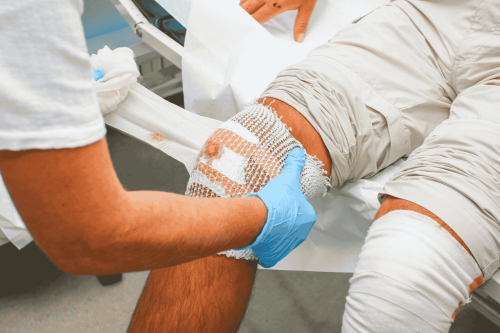Some of the most common standard rules for medical and dental offices include the Bloodborne Pathogen Standard (29 CFR 1910.1030), Hazard communication rule (29 CFR 1910.1200), and Reporting of Occupational Injuries and Illnesses (29 CFR 1904). As a result, all of these rules help to make a safe and secure working environment for employees.
First, one of the most common laws includes the Bloodborne Pathogens rule, this is also known as the Needlestick Safety and Prevention Act. This is one of the most common rules regarding OSHA compliance. The requirements under this rule include; annual control plans, universal precautions, and the use of labels for sharps disposal boxes. This act is in place to help protect workers from hazardous bloodborne pathogens.
Secondly, The Hazard Communication Rule is to ensure hazard chemicals are classified properly. Given that the transfer of information about the chemicals is correct and effective from employer to employee. Thus, this is used to protect information appropriately. This is important for labeling and classifying chemicals appropriately. This rule includes labeling, warning signs, safety data sheets, and proper employee training. Programs maintaining a written hazard communication program are available as well.
Lastly, Reporting of Occupational Injuries and Illnesses is important for a safe working environment. Under this law, it affects employers with ten or more employees. This includes incident reports and OSHA 300 logs for injuries, deaths, and illnesses. Workers have the right to get ahold of this information if need be. The rule is to help determine how many workers have had incidents or illnesses. As well as what kind of injuries/illness employees are suffering from and what departments were the most affected.
https://www.osha.gov/Publications/osha3186.pdf
https://www.osha.gov/pls/oshaweb/owadisp.show_document?p_id=10051&p_table=STANDARDS



